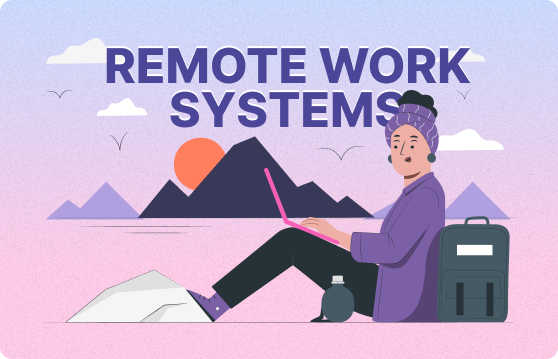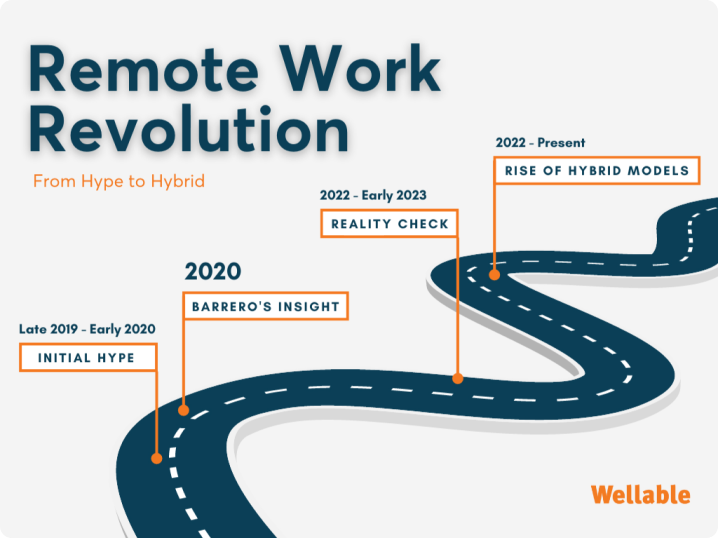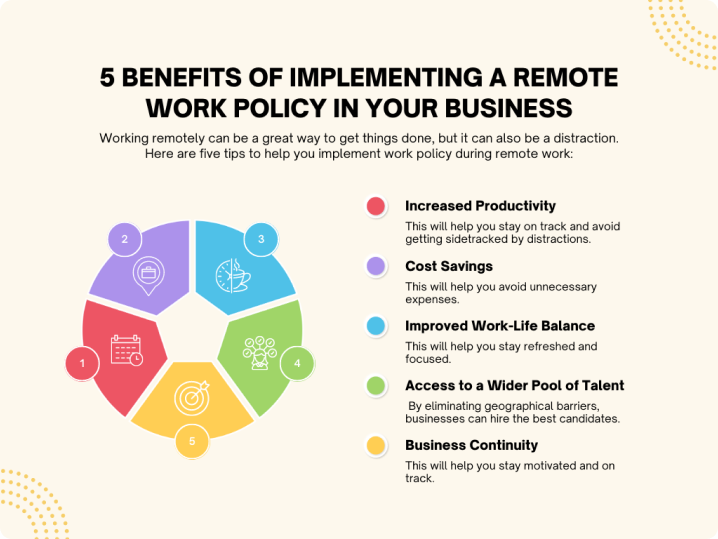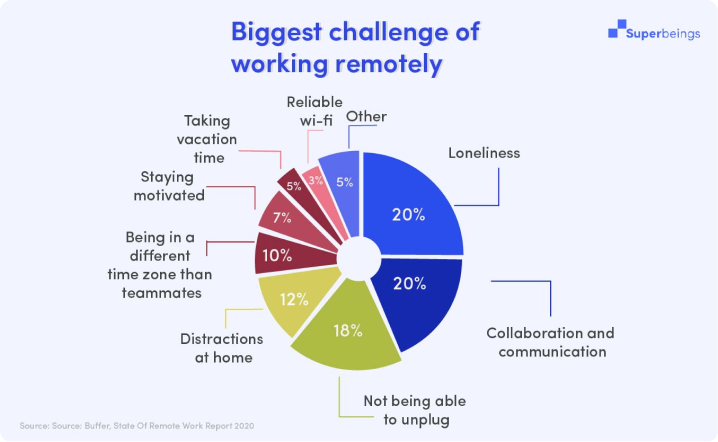Remote Work Systems: Building a Foundation for Productivity and Collaboration

Remote work has become a defining feature of modern professional life, transforming how businesses operate and how employees perform their roles.
To ensure success in this model, organizations must rely on well-structured remote work systems.
These systems are the backbone of productivity, collaboration, and engagement in a distributed workforce.
The Evolution of Remote Work
The concept of remote work has undergone significant transformation over the years.
Initially limited to select industries and roles, it expanded with advancements in technology and changes in workplace culture.
The COVID-19 pandemic served as a major catalyst, pushing businesses worldwide to adopt remote work en masse.
Today, it is a standard practice for many organizations, supported by a growing ecosystem of tools and strategies that enhance productivity and collaboration.

Key Components of Effective Remote Work Systems
Evaluating the Effectiveness of Remote Work
Measuring the success of remote work requires a multifaceted approach.
Key performance indicators (KPIs), employee satisfaction surveys, and productivity analytics provide valuable insights into what works and what doesn’t.
Businesses should regularly review these metrics to identify areas for improvement, ensuring that remote systems continue to meet both organizational goals and employee needs.
The Best Remote Workforce Technologies in 2025
As of 2025, cutting-edge technologies like AI-driven project management tools, virtual reality (VR) collaboration spaces, and advanced cybersecurity platforms are redefining remote work.
Tools that integrate AI for predictive analytics, automate repetitive tasks, and facilitate immersive meetings are becoming essential components of modern remote work systems.
Maximize productivity of your business
Track employee productivity and simplify work with them
Benefits of Implementing Strong Remote Work Systems

Strategies to Address Remote Work Complexities
Improving Communication Tools and Protocols
• Regular updates to communication platforms and establishing clear guidelines ensure effective and seamless interactions among remote teams.
Strengthening IT Infrastructure Support
• Providing robust IT support and regular system maintenance is essential to minimizing disruptions and ensuring smooth operations.

Enhancing Collaboration with Advanced Tools
• Leveraging innovative platforms for shared workspaces and real-time collaboration fosters greater teamwork and productivity.
Ensuring Equal Access to Technology
• Equipping employees with standardized hardware and software helps reduce disparities and promotes equity across the workforce.
Revisiting IT Support Strategies Regularly
• Periodic assessments of IT strategies help identify gaps and implement necessary upgrades to meet evolving technological demands.
Prioritizing Employee Well-being
• Offering mental health resources, flexible working hours, and wellness programs addresses challenges like isolation and burnout.

Standardizing Remote Work Policies
• Developing and enforcing consistent policies ensures fairness, clarity, and compliance across the organization.
Challenges and Solutions in Remote Work Systems

Conclusion
Investing in robust remote work systems is not just a response to changing times but a strategic move to build resilient and adaptable organizations.
By leveraging the right tools and addressing potential challenges, businesses can ensure that their remote teams remain productive, collaborative, and engaged.
As remote work continues to evolve, organizations that prioritize innovation in their systems will maintain a competitive edge and attract top talent.
– The Monitask Team
Frequently Asked Questions
How can businesses ensure data security in remote work setups?
Implementing VPNs, multi-factor authentication, and encrypted communication tools, along with regular employee training on cybersecurity best practices, ensures robust data security.
What are the benefits of remote work for employees?
Employees benefit from improved work-life balance, reduced commuting time, and greater flexibility in managing their schedules.
How can companies measure the productivity of remote teams?
Companies can use time tracking tools, KPIs, and performance analytics to measure productivity. Regular check-ins and employee feedback also provide valuable insights.
What challenges do remote teams face, and how can they be addressed?
Common challenges include communication gaps, isolation, and technology issues. These can be addressed through better tools, IT support, virtual team-building activities, and flexible policies.



